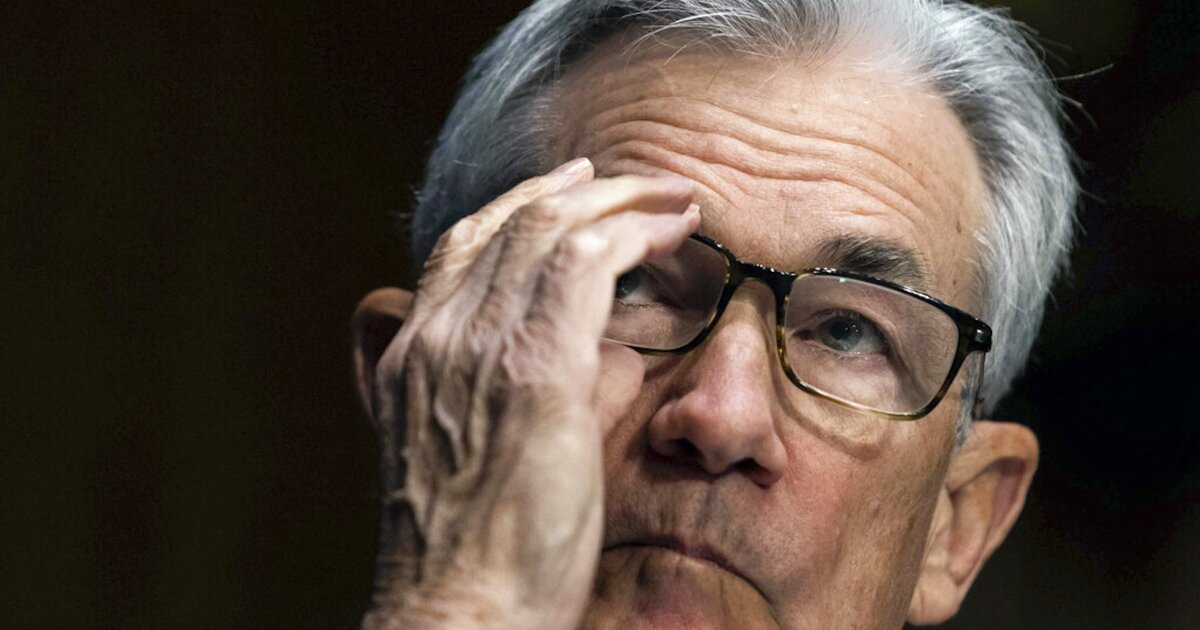

The Federal Reserve conducted its smallest interest rate increase in nearly a year as it further winds down the most aggressive rate-hiking campaign in four decades in response to signs that the historic inflation of the past few years is slowing down.
Following a two-day meeting of its monetary policy committee in Washington, the central bank announced Wednesday that it would hike its interest rate target by just a quarter of a percentage point. The move comes after the Fed conducted a half-point hike in December and a barrage of enormous 0.75-point increases before that.
The move, while clearly telegraphed and widely anticipated, is the clearest sign yet that the Fed is feeling more comfortable about the trajectory of inflation, which has wreaked havoc on America for nearly two years and lowered living standards for families across the country coming out of the coronavirus pandemic. The Fed acknowledged that “inflation has eased somewhat” but said it continues to be too high.
Throughout the pandemic, the Fed kept rates at near zero for a historic amount of time. But the central bank’s rate target has risen quickly since it began tightening in March of last year. The campaign marks the most forceful rate hikes since the Great Inflation of the late 1970s and early 1980s. The target is now 4.5% to 4.75%, the highest it has been since the financial crisis in 2008.
STATE OF THE ECONOMY — TAKING HITS AND RUNNING UP DEFICITS
Also of note Wednesday, the Fed removed a reference to the pandemic. Its statement had previously said public health readings would be one factor in informing its actions. That reference has now been removed, an acknowledgment that the pandemic is now in the rear-view mirror for the Fed.
The quarter-point hike comes on the tail of some positive inflation reports and is an indication that price growth is indeed starting to slow.
The consumer price index, the most familiar gauge for the broader public, shows that overall inflation has declined from above 9% in June to 6.5% in December — well above the Fed’s 2% target but a meaningful decline. The producer price index has shown similar declines.
Last Friday, the Bureau of Economic Analysis reported that inflation fell to 5% for the year ending in December, as measured by the personal consumption expenditures price index, which is the gauge favored by the Fed — down from a high of 7% in June.
In November and December, month-to-month inflation in the PCE index was just 0.1% — which equates to an annual rate well below the Fed’s target.
One undesirable side effect of the rate hiking is that it can cause the economy to tumble into a recession. That is because as rates rise, demand for goods and services falls, at least in theory. Falling demand helps lower inflation but also cools the overall economy, which can result in job losses and dampened economic output. The rate hikes have clearly damaged the housing market via higher mortgage rates.
Even with the rate hikes, the economy has remained remarkably resilient. It gained 223,000 jobs in December, the Bureau of Labor Statistics recently reported — a strong performance that shows commerce is holding up despite several headwinds.
Nevertheless, the Fed itself expects an economic slowdown. At every other meeting, the central bank releases its summary of economic projections, which includes data on what officials predict the inflation rate, unemployment, and gross domestic product growth will be in the coming years. The last one was released in December.
CLICK HERE TO READ MORE FROM THE WASHINGTON EXAMINER
The median Fed official now predicts the unemployment rate will tick up to 4.6% by the end of the year, versus the current rate of 3.5%, an acknowledgment of the effects its aggressive tightening will have on the economy.
The committee members also revised down their GDP predictions for this year from 1.2% to 0.5% growth, indicating the growing likelihood that a recession will hit the economy in 2023.




